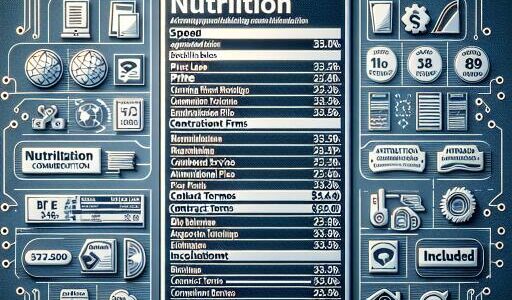The Final Frontier in Filesystems: Introducing ZFS
ZFS, often hailed as “the ultimate solution in file systems,” is renowned for its stability, speed, security, and forward-looking design. It boasts a myriad of features that make it an exceptional choice, such as pooled storage (also known as zpool), copy-on-write capabilities, snapshots, data integrity checks with automatic repair via scrubbing, RAID-Z, and supports files as large as 16 exabytes. Impressively, it offers maximum storage of 256 quadrillion zettabytes without any restrictions on the number of filesystems or files.
Due to its licensing under the Common Development and Distribution License (CDDL) and its incompatibility with the GPL, ZFS cannot be incorporated into the Linux Kernel. However, third-party development is possible as evidenced by OpenZFS, previously known as ZFS on Linux, which serves as a native Linux kernel module.
Installation and Configuration
The installation of ZFS kernel modules can be tackled by either using a specific package for tailored kernel versions or employing a Dynamic Kernel Module Support (DKMS) package that compiles modules for each installed kernel. Utilities for the ZFS user space are found in the zfs-utils package, a dependency for all ZFS kernel module packages. Keys to the smooth configuration of ZFS include installing the necessary header packages for your installed kernel to enable the automatic recompilation of kernel modules during updates.
ZFS remains straightforward in configuration, prompting its creators to label it a “zero administration” filesystem. Two crucial commands steer this configuration, and they must be enabled to ensure pools are imported correctly, and filesystems within these pools are mounted. It isn’t necessary to mount ZFS filesystems separately because the importing system reads these pools adeptly.
Setting Up ZFS Pools
When creating ZFS pools, it’s advisable to directly target the entire disk. The system will construct a GPT (GUID Partition Table), reserving an 8 MB partition for legacy bootloaders. While partitioning isn’t obligatory, doing so gives beneficial capabilities, such as disk over-provisioning, which ensures easy replacement in mirror configurations. Persistent block device naming conventions should be used for devices in ZFS pools to streamline this process and prevent data loss.
ZFS Snapshots and Performance Enhancements
One of the most prominent features that set ZFS apart is its snapshot functionality. These snapshots offer an advanced level of data integrity and can be used to create restore points with minimal data redundancy. For large data operations, leveraging ZFS’s tuning capabilities like adjusting ashift settings during pool creation and optimizing ZFS’s record size for database workloads can boost performance significantly.
Additionally, ZFS can handle swap by utilizing a ZFS volume (ZVOL), especially taking care to match block sizes with system page sizes. Compression within ZFS can be adjusted per dataset, allowing for dynamic compression levels suited to the nature of the data. For demanding workloads, setting specific parameters ensures optimized operation.
Advanced Management and Maintenance
Routine maintenance, like performing regular pool scrubs, is vital for maintaining data health in ZFS. Pools can also be mirrored or divided into datasets, adding an extra layer of organizational control. Features such as native dataset encryption heighten security, and combining ZFS’s functionalities with third-party tools like “zrepl” for replication or “sanoid” for scheduled snapshotting can fortify ZFS’s capabilities.
For those wishing to elevate ZFS usage further, creating dedicated read cache (L2ARC) and intent log devices (ZIL) can dramatically enhance performance in specific scenarios. However, understanding when and how to apply these enhancements is crucial, as misguided setups can degrade performance instead of bolstering it.
It’s clear that ZFS provides a powerhouse of options for anyone seeking a robust, flexible, and sophisticated file management system. Its comprehensive feature set not only stands up to the challenges of modern data management but also remains resilient and adaptable for the future.








